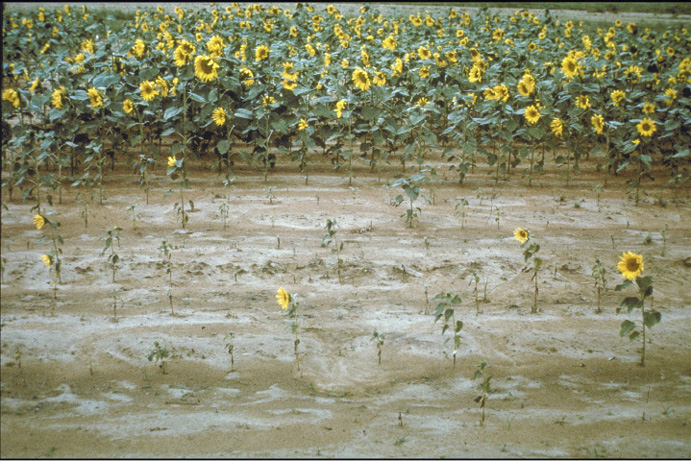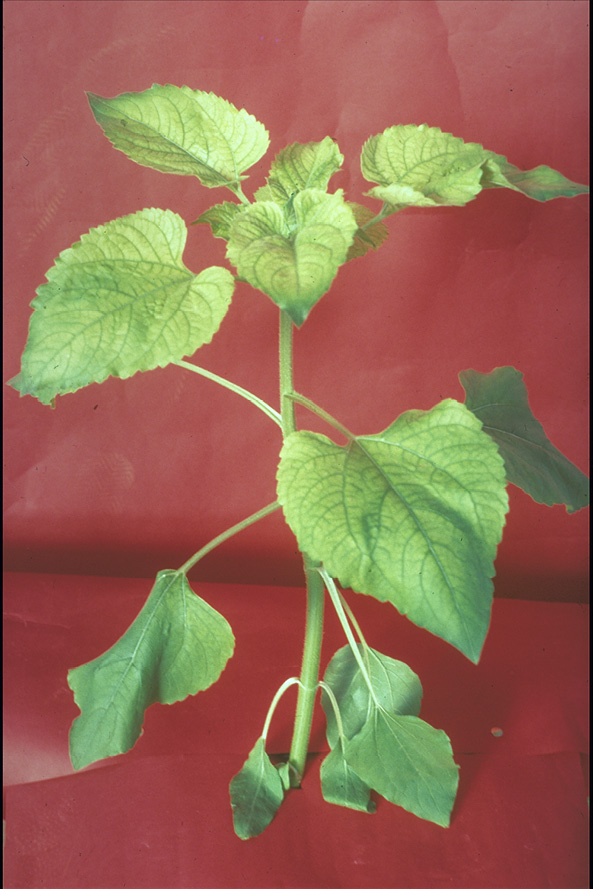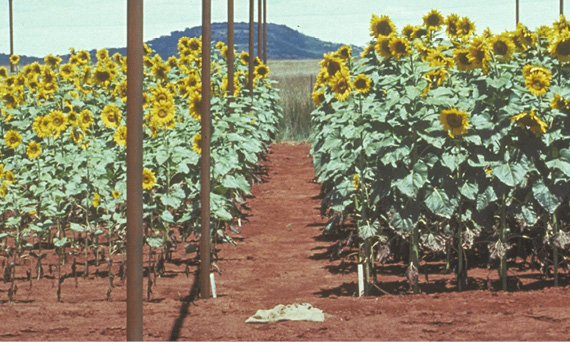Sunflower Nutritional Disorders Diagnostic Series
(PP2086 July 2023)This publication provides diagnostic information and images of sunflower nutrient disorders. This publication represents an interdisciplinary and international effort between scientists in the United States and Australia to deliver information to sunflower growers across the world.
Contact your county NDSU Extension office to request a printed copy.
NDSU staff can order copies online (login required).







































